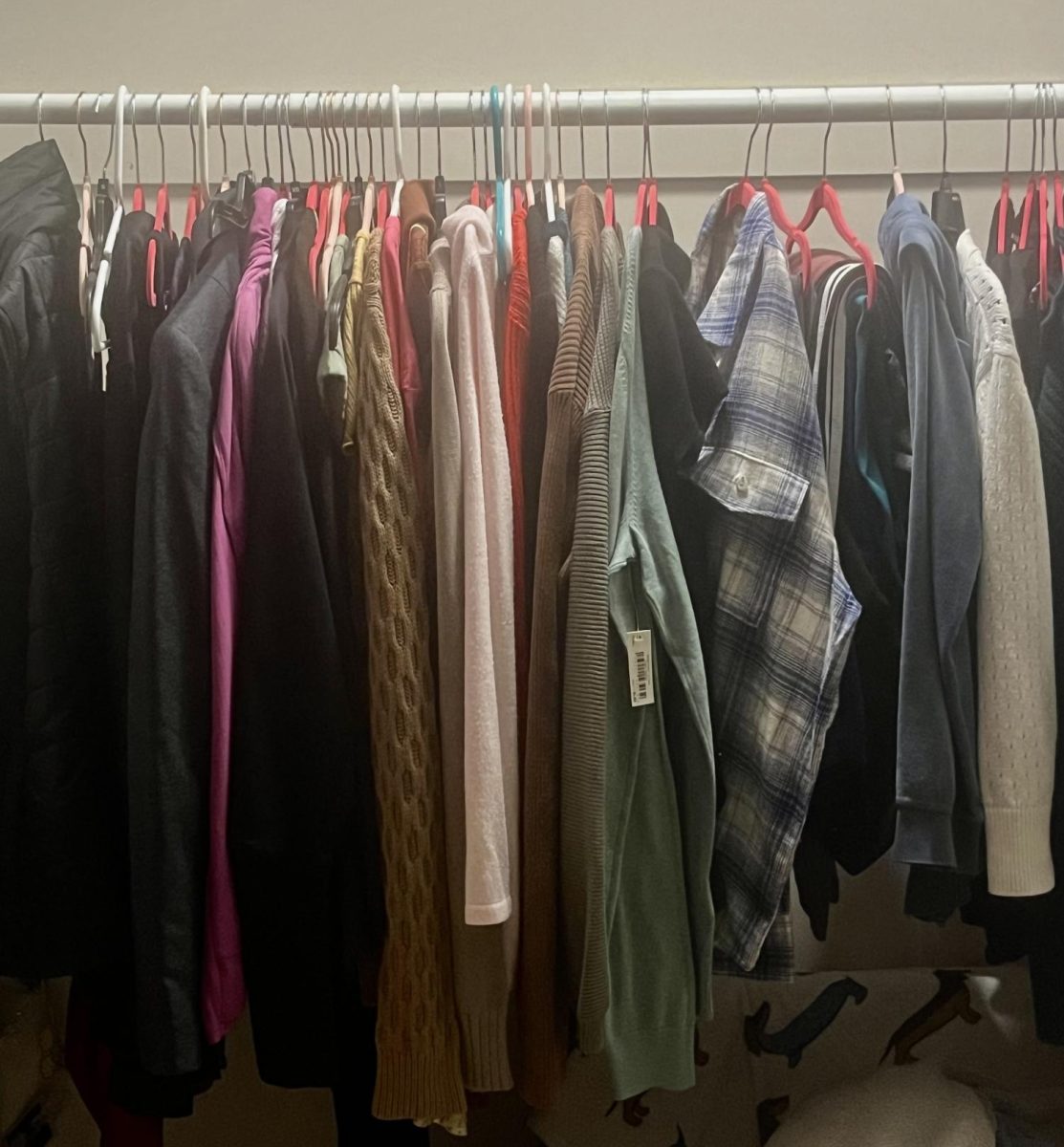Over recent years, the rise popularity of fast fashion has had some alarming effects.
Corporations like Shein, Temu, and TikTok Shop and their traction are resulting in a rise of environmental issues, ethical quandaries, and cultural gentrification.
What is fast fashion?
To keep up with the ever-changing trends propagated by runway shows and TikTok trends, fashion connoisseurs and avid clothing shoppers turn to the most convenient and budget conscious options out there.
Fast fashion is a business model designed to produce garments in bulk, and as quickly as possible, in response to current trends. The term was first used in a New York Times article in 1989 to describe retail store Zara’s goal to have designs developed from concept to consumer in only 15 days.
Fast fashion fuels industry pitfalls
From the environmental and ethical standpoint, there is a lot at stake in the fast fashion industry.
The more that consumer culture grows, the more that production has to grow to meet the “needs” of consumers, leading to a loop of excessive assembly, selling and buying.
This is accentuated by micro trends plaguing the internet and its users, which refers to a spike in popularity of a clothing item or aesthetic that follows a rapid deceleration of that popularity. The deceleration normalizes the use of landfills and feeds the obsession with the next new thing.
The ease of purchase also makes fast fashion easy to follow—cheap prices, low shipping costs, and delivery right to the doorstep makes fast fashion irresistible to a multitude of people. Buying more for less seems great on the surface level, but quality alongside ethics is sacrificed.
Outsourcing production for the means of cheaper labor comes at a cost that isn’t reflected in the listing price visible.
Environmentally, the clothing manufacturing process already takes a toll on the Earth because of carbon emissions expelled when making clothing, which Nature.com, attributed to about 10% of all global emissions in 2020.
These detriments are developed quicker in fast fashion industries because the high demand for product release increases the rate of assembly while decreasing the lifespan of the clothing pieces.
Also relating to an uncurbed level of clothing, 14.5 million in 2018 according to the Environmental Protection Agency, is finding its way into landfills after minimal use.
Landfills can be held responsible for substantial releases of greenhouse gasses.
According to the National Center for Atmospheric Science, greenhouse gasses, commonly referred to as GHG, are correlated to climate change as they harness the heat released by the sun, and confine that warmth, meaning that climate change will only worsen with a heavier prevalence of greenhouse gasses and reliance on fast fashion for means of a stylish outfit.
This comes full circle when the workplace is unable to accommodate this rise in temperature and employees have to work in sweltering heat.
This, among other things, reveal how people employed by fast fashion industries are under working conditions that could be described as unjust, unfair, and unwarranted.
In addition to this, an abundance of workers endure horribly long work days with inadequate pay.
That pay is only deemed livable for roughly 2% of factory workers as stated in the 2015 documentary, “The True Cost”, a report on the truth behind the fast fashion industry.
These poor work environments oftentimes include shaky and flawed buildings, on the brink of collapse. In several situations, that fear has developed into a reality for employees resulting in death.






